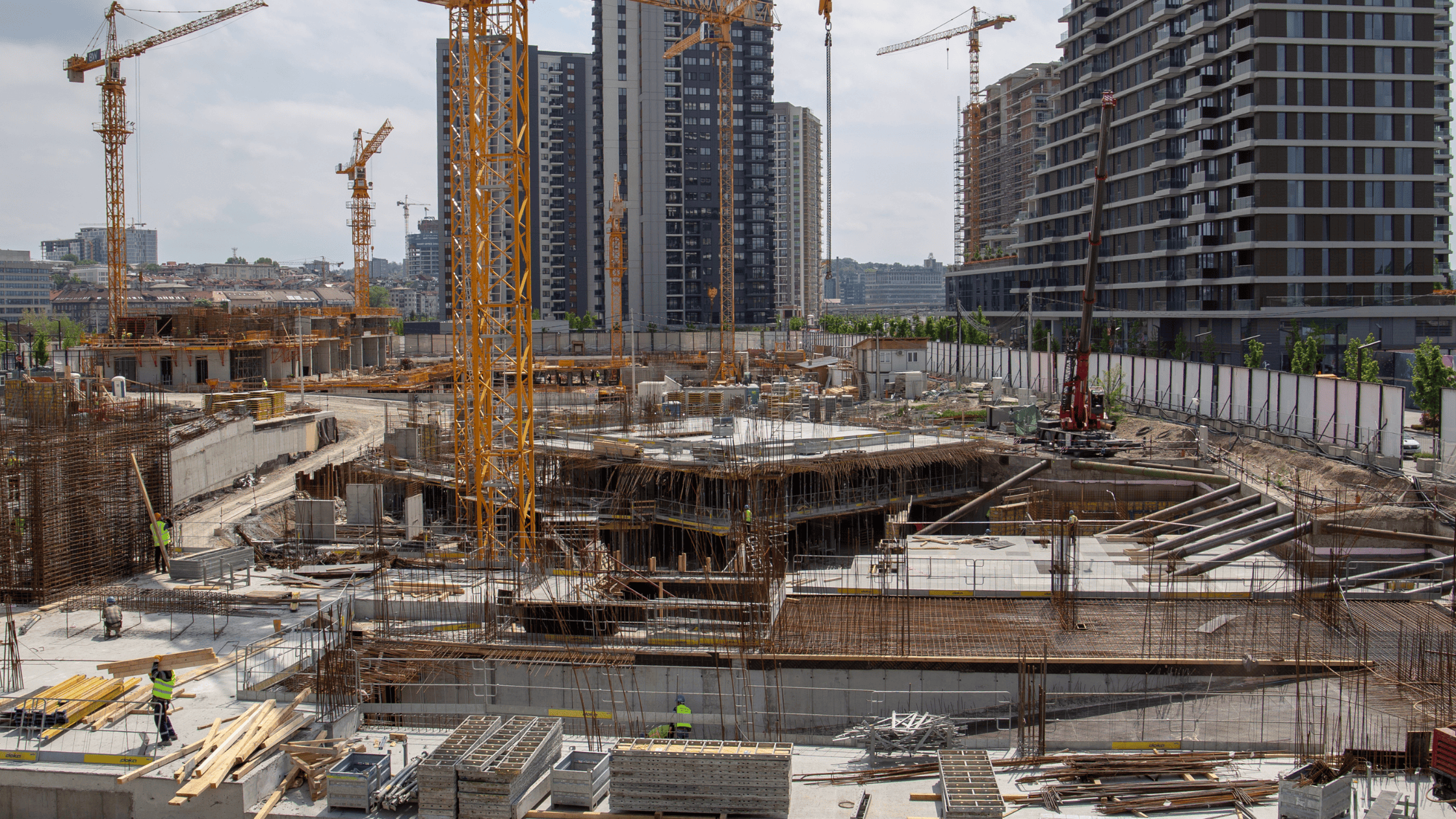Why Do Compliance Delays Happen? How to Prevent Them in City Permitting
Introduction: The Cost of Delays
In today’s rapidly growing urban environments, development projects face more scrutiny than ever. City permitting is essential for ensuring safety, sustainability, and quality of life — but it’s also where projects most often get stuck.
Delays in the permitting process cost developers millions in extended timelines, lost opportunities, and community frustration. They can also damage relationships with regulators and increase community opposition.
So why do compliance delays happen? And more importantly, how can developers prevent them? Let’s explore the most common causes and the strategies that keep projects moving forward.
The Most Common Reasons for Compliance Delays
1. Incomplete or Inaccurate Documentation
- Missing environmental or noise impact assessments.
- Outdated sound level (dBA) data or insufficient noise monitoring.
- Lack of clarity in mitigation strategies, such as where acoustic barriers or soundproofing enclosures will be placed.
Regulators cannot approve what isn’t properly documented.
2. Failing to Meet Noise Regulations
Noise pollution is one of the top reasons city projects stall. Municipalities often require:
- Proof of compliance with noise exposure limits for both residential areas and workers.
- Detailed plans for noise mitigation walls, acoustic panels, or sound-absorbing materials.
- Strategies for reducing excessive noise at construction sites and industrial settings.
Without these, permit applications trigger delays or outright denials.
3. Insufficient Environmental Impact Assessments
Cities increasingly demand comprehensive environmental and sustainability reports. Missing or weak assessments around noise pollution, air quality, or surrounding areas can result in long back-and-forth with regulators.
4. Lack of Community Engagement
When residents feel excluded, community noise complaints and opposition escalate. This often prompts regulators to pause permits until developers demonstrate meaningful community engagement.
Key issues include:
- Failure to address prolonged exposure to high noise levels.
- Ignoring concerns about quality of life and physical health.
- Not providing real-time noise monitoring data for transparency.
5. Overlapping Regulations and Agencies
Industrial projects must meet building codes, environmental laws, and noise regulations. Overlapping requirements from multiple agencies lead to confusion — and delays — if not managed proactively.
How to Prevent Compliance Delays in City Permitting
Step 1: Start with Thorough Pre-Planning
- Conduct a full feasibility study covering zoning, noise sources, and urban noise impacts.
- Run baseline noise monitoring with sound level meters to understand existing background noise.
- Prepare clear noise control strategies up front.
Step 2: Invest in High-Quality Documentation
- Submit detailed noise impact assessments with clear data on sound waves, impact noise, and reverberation.
- Include mitigation strategies like noise barriers, soundproofing materials, and acoustic panels.
- Ensure compliance with both local building codes and federal noise exposure standards.
Step 3: Engage Communities Early
- Host community forums before submitting permits.
- Share how noise control measures (like sound-absorbing barriers or soundproofing enclosures) will reduce excessive noise in surrounding areas.
- Provide real-time dashboards to track compliance and reduce complaints.
Step 4: Use Real-Time Monitoring and Technology
- Deploy IoT-based noise monitoring systems for transparency.
- Collect data on noise levels to demonstrate compliance at every stage.
- Integrate noise and vibration control into sustainability and quality of life goals.
Step 5: Partner with Experts
Delays often happen because developers try to manage permitting alone. Partnering with experts like Urban Solution Group ensures:
- All documentation, noise control strategies, and mitigation techniques meet compliance standards.
- Engagement strategies align with community expectations.
- Permitting moves faster with fewer surprises.
Case Examples: Delays vs. Success
- Delayed Project: A mixed-use development stalled for 18 months after regulators flagged missing noise exposure data and inadequate soundproofing solutions. Cost overruns exceeded $10 million.
- Successful Project: A data center secured approval in record time by providing detailed noise impact assessments, installing acoustic barriers, and holding community engagement sessions that addressed residents’ concerns.
The difference came down to proactive compliance vs. reactive scrambling.
Future Trends: Why Prevention Is the Only Strategy
Looking ahead, expect city permitting to require:
- Stricter noise regulations tied to sustainability goals.
- More emphasis on quality of life metrics for residential areas.
- Increased use of real-time compliance reporting through digital platforms.
Cities aren’t getting easier to build in — but they are rewarding projects that demonstrate effective strategies for noise reduction, environmental stewardship, and community well-being.
Conclusion: Building Without Delays
Compliance delays in city permitting aren’t inevitable. They happen because of incomplete documentation, overlooked noise regulations, weak community engagement, and poor planning.
The solution is straightforward:
- Plan thoroughly.
- Document every noise control strategy.
- Engage openly with communities.
- Use real-time monitoring for transparency.
- Partner with experts like Urban Solution Group.
By following these steps, developers can avoid costly setbacks and move projects from concept to approval — faster, smarter, and with community support.
Other Articles

Comparing Noise Barriers: Mitigation Walls vs. Sound Walls vs. Temporary Barriers | Urban Solution Group
Not all noise barriers are the same. Compare mitigation walls, sound walls, and temporary barriers — and learn how Urban Solution Group helps with compliance.
.png)
Environmental Compliance Checklist: Avoiding Costly Mistakes in Urban Projects | Urban Solution Group
Avoid costly permitting delays in urban projects. Use this environmental compliance checklist covering land use, air quality, and construction compliance.

Step-by-Step Guide to Permitting Industrial Projects | Urban Solution Group
Streamline industrial project permitting with Urban Solution Group. Follow a clear step-by-step process to meet noise, environmental, and community requirements.
